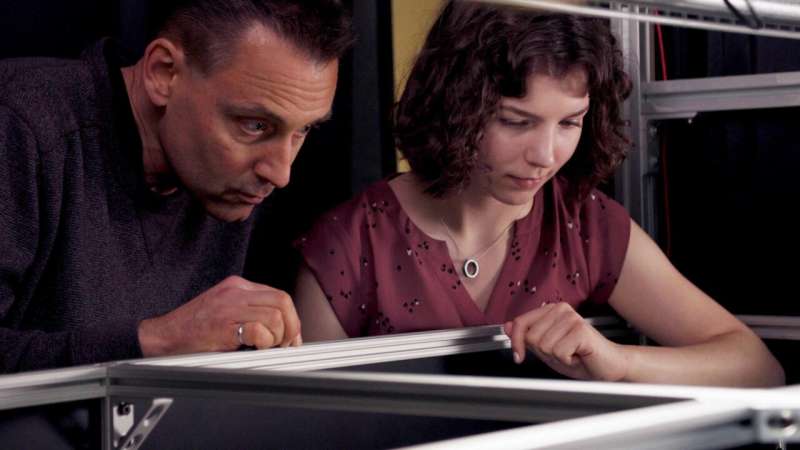This article has been reviewed according to Science X's editorial process and policies. Editors have highlighted the following attributes while ensuring the content's credibility:
fact-checked
peer-reviewed publication
trusted source
proofread
Riding a wave to better medical diagnostic imaging

Medical imaging via X-rays, CT scans, MRIs and ultrasounds provide health-care professionals with unique perspectives and a better understanding of what's happening inside a patient's body. Using various forms of waves, these machines can visualize many unseen ailments and diseases.
This imaging is beneficial for health-care professionals to make correct diagnoses, but the added insight of spectroscopy provides even more detail. Spectroscopy offers a means to identify biomolecules within specimens through their characteristic signatures for absorption in the electromagnetic spectrum.
Now, researchers at UBC Okanagan's School of Engineering want to take that diagnostic imaging a step further.
By recognizing the benefits of imaging and spectroscopy, the researchers in UBCO's Integrated Optics Laboratory (IOL) are now developing imaging systems that apply terahertz radiation. Terahertz radiation lies in the electromagnetic spectrum, with frequencies between radio and visible waves. This opens the door to fast and accurate terahertz characterizations of biological specimens—and can ultimately help with the creation of effective technologies for cancer detection.
"By working with terahertz radiation, we're able to glean details on the underlying characteristics of biological specimens," explains Alexis Guidi, a School of Engineering master's student and lead author of a new study published in Scientific Reports. "This insight comes from the nature of terahertz radiation, which is intricately sensitive to the biomolecular make-up of cells."
Nonetheless, according to Dr. Jonathan Holzman, IOL Principal Investigator and Electrical Engineering Professor, there are pressing challenges in developing these terahertz systems.
"The characteristics of terahertz radiation that make it an effective probe of biomolecules, in terms of its long wavelengths, also make it challenging to focus and resolve in images. Our recent work solved this by demonstrating terahertz spectroscopy can show a resolution approaching the cellular scale."
The researchers plan on applying their findings in emerging areas of medical diagnoses, with a particular emphasis on carcinogenesis—the process by which healthy cells become cancerous.
More information: Alexis N. Guidi et al, Spatial and spectral characteristics in realizations of broadband terahertz spectroscopy on a subwavelength scale, Scientific Reports (2023). DOI: 10.1038/s41598-023-39396-9
Journal information: Scientific Reports
Provided by University of British Columbia




















